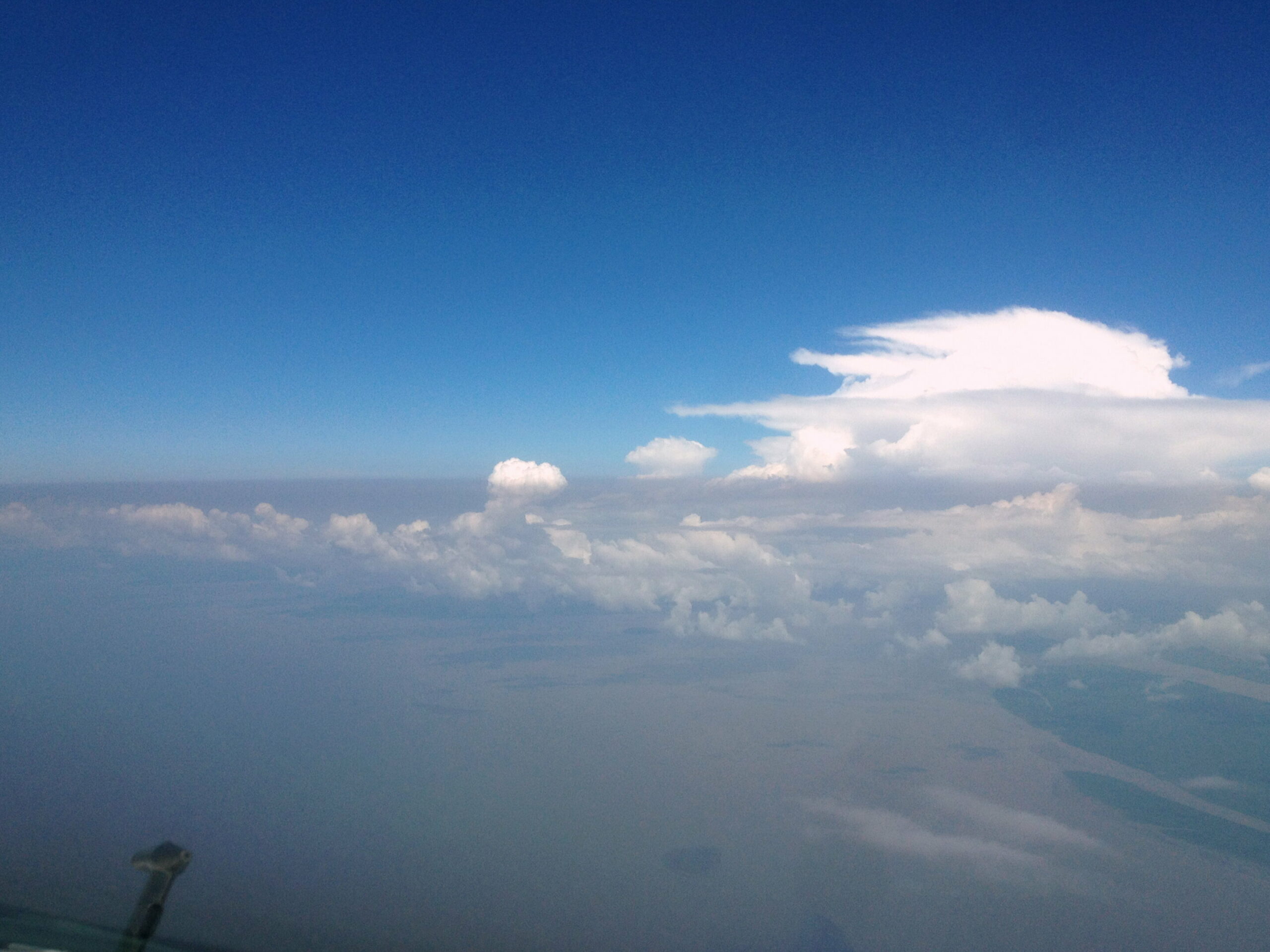The Brazilian rainforest is known for its clean air, but this is only true during the wet season when particulate matter is at a minimum. During the dry season, which is when deforestation fires occur, air quality is significantly reduced due to soot and other emissions. The concentration of soot particles in the atmosphere above the forest canopy fluctuates between very low and very high.
The Surprising Discovery of Soot Particles in South America
A research team has discovered that soot particles in South America do not originate in the region, but instead travel with air masses from Africa over the Atlantic. These particles stem from natural bush fires, slash and burn practices, and the combustion of biomass, such as for cooking. The researchers analyzed soot particles in the air above the Amazon over a period of two years and found that sometimes, up to 60% of the soot came from Africa.
The Two Prevailing Types of Soot
The team identified two types of soot: soot particles from Africa were larger than those from the Amazon region and had a lower concentration of organic material. The researchers attribute this to the fact that regions being burned in Africa are primarily grassland, savannah, and open forests. Conversely, South American fires occur in dense and moist forests, leading to smoldering combustion and more soot particles with a larger concentration of organic material.
The Impact on Climate Change
Soot and other aerosol particles absorb and scatter sunlight, affecting the radiation or energy balance of the earth and our climate. Soot particles, in particular, absorb considerably more sunlight than they reflect, thus retaining heat in the earth system. Dust and soot particles also serve as condensation nuclei in the emergence of cloud drops, influencing the formation of clouds and precipitation and impacting the water budget.
Christopher Pöhlker, group leader at the Max Planck Institute for Chemistry, believes that the impact of African smoke on the Amazon rainforest could have grave consequences for regional and global climate change. He suggests that previously positive effects, such as soil fertilization and forest formation in the Amazon region, may now become detrimental.



Leave a Reply